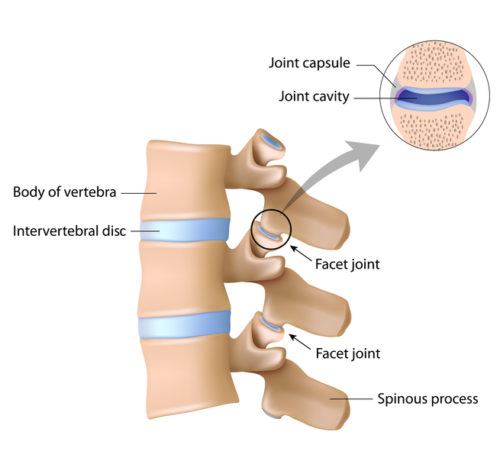Back and Leg Pain
 Low back pain is a common and disabling problem in the community. It is the second most common reason for a patient to seek medical attention, and has a high rate of recurrence over the life of the individual patient. In some cases it is not possible to identify the exact cause of back pain however, in a significant number of patients there is a specific cause or “pain generator” that is potentially treatable using specialist interventions.
Low back pain is a common and disabling problem in the community. It is the second most common reason for a patient to seek medical attention, and has a high rate of recurrence over the life of the individual patient. In some cases it is not possible to identify the exact cause of back pain however, in a significant number of patients there is a specific cause or “pain generator” that is potentially treatable using specialist interventions.
Many patients experience a combination of lower back pain and pain into one or more of the lower limbs. This is perhaps the most common presentation of patients in a Pain Clinic. There are many terms used to diagnose the cause or name of this pain syndrome, such as:
- Lumbar Facet Joint Pain
- “Sciatica” or Lumbar Radicular Pain
- Disc Herniation or Disc Bulge in the Lumbar Spine
- Degenerative Disc Disease or Discogenic Pain
- Spinal Stenosis
- Spondylosis
- Spondylolisthesis
- Sacroliliac Joint Pain
- Cluneal Neuropathy


One or more of these conditions may be present in any given patient, and this increases with advancing age. Additional contributors to Back Pain include inappropriate muscle tone/spasm and abnormal patterns of muscle activity and an overlay of compounding central sensitisation
- Facet joints connect the bones of the spine. These small joints at the back of the spine provide stability and flexibility to the spine and can become painful with age, wear and tear or with injury. The facet joints are the source of pain in up to 40% of older patients with back pain.
- Lumbar facet joint pain is typically described as aching or throbbing, can be felt on one or both sides of the lumbar spine, and can also spread into the buttocks, groin or down the legs. It is frequently made worse with the standing or walking and can ease on lying flat.
- Pain arising from the sacroiliac joints is common and is responsible for 15-25% of low back pain. It is typically experienced as pain on one or both sides of the low back or upper buttock region. It is difficult to distinguish from other causes of low back pain, and specialised investigations or diagnostic tests are necessary.
Learn more
- Download our brochure about Understanding Chronic Pain here
- International Association for the Study of Pain: Lumbar Radicular Pain Fact Sheet
- Pain Australia: Chronic Back Pain
- My Back Pain website
- Pain Health website
- Musculoskeletal Australia website
- Back Pain Animation
- Sciatica Animation
